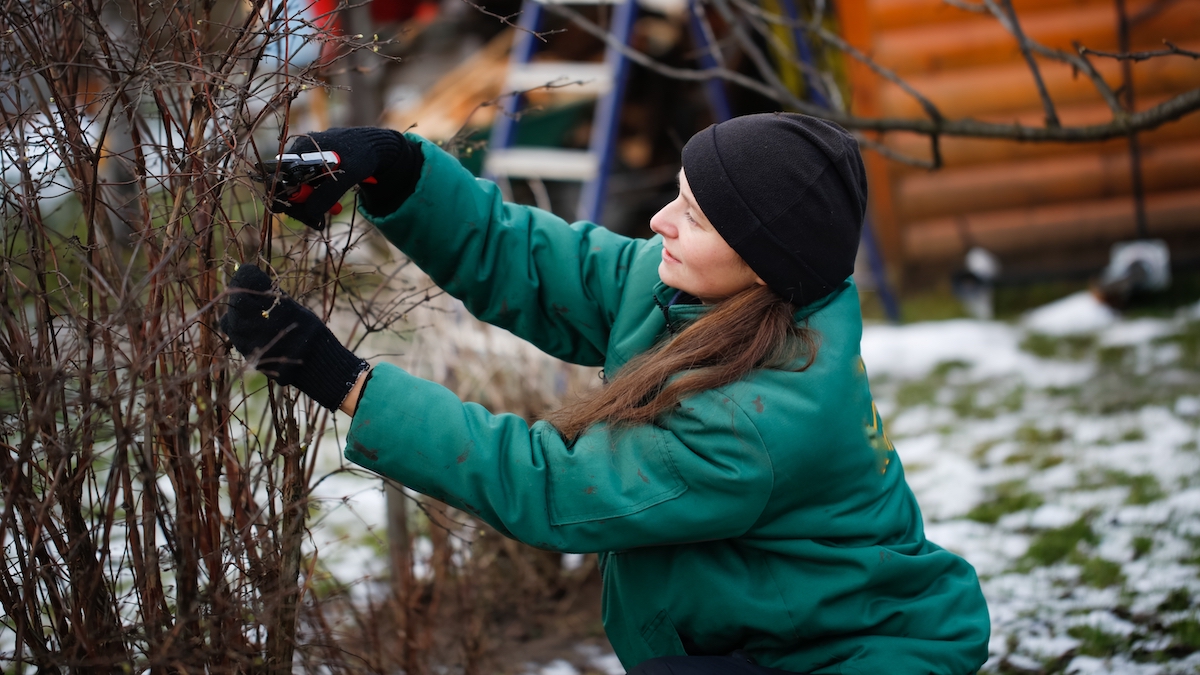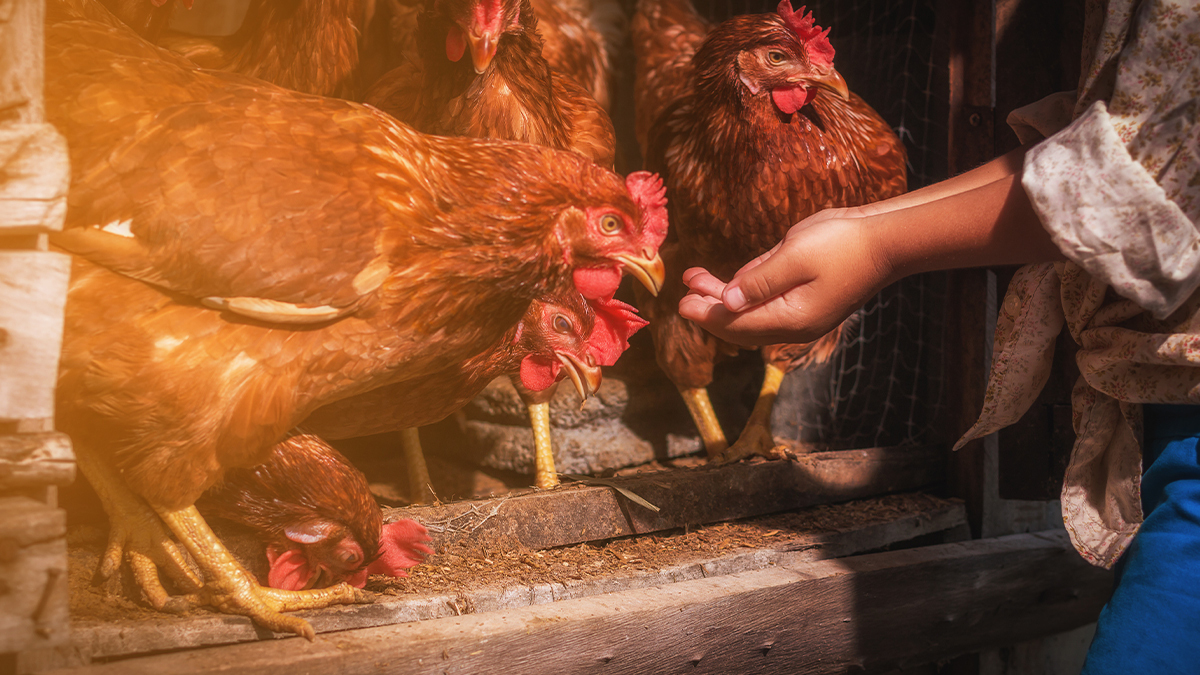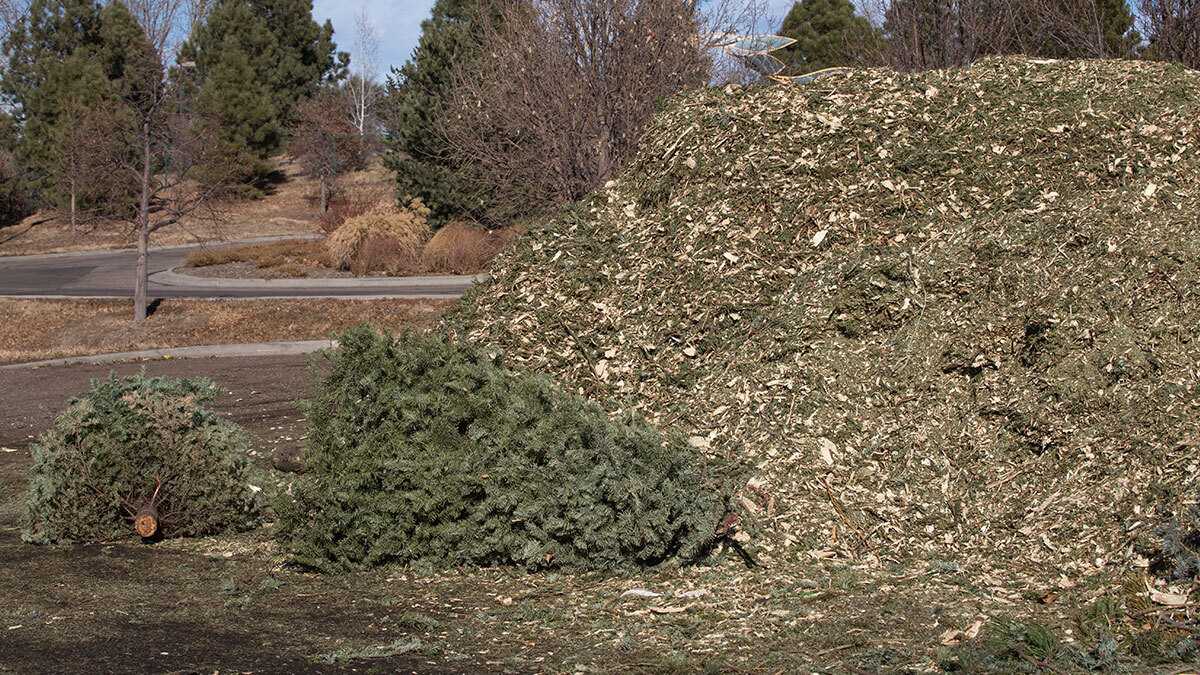on
With spring quickly approaching, February is when you should be wrapping up most of your homestead winter chores and preparing for the spring.
However, it is important to note that when you complete February homesteading chores is largely determined by the USDA zone where you live.
For example, the Florida homesteading chores in February will look very different from February homesteading chores in Michigan. Vastly different.
We’ve put together this list of February homesteading chores by zone to help guide you through the month.
Explaining Zones
Before we begin listing the February homesteading chores by zone, let’s make sure we’re all on the same page about USDA zones.
The USDA zone refers to the USDA Plant Hardiness Zone, which is a map of 13 different temperature-based zones for planting and gardening.
However, the US only has 11 of the 13 zones.
The reason it is useful to plan February homesteading chores according to zones is that they are based on each zone’s (or region’s) average low winter temperature.
Bob Vila explains, “The first zone lies at the coldest and northernmost areas of Alaska. In these regions, winter temps can dip as low as -60 degrees Fahrenheit. On the southernmost part of the scale lies Zone 13, where winter lows remain above 65 degrees Fahrenheit.”
Some chores need to be done when it is colder, and others need to be done when it is warmer.
[See Also: Month-by-Month Winter Homestead To-Do List]
You can use the USDA Plant Hardiness Zone Map and which zone you are in by zip code here.
Now that you know which zone you are in, find your February homesteading chores checklist below.
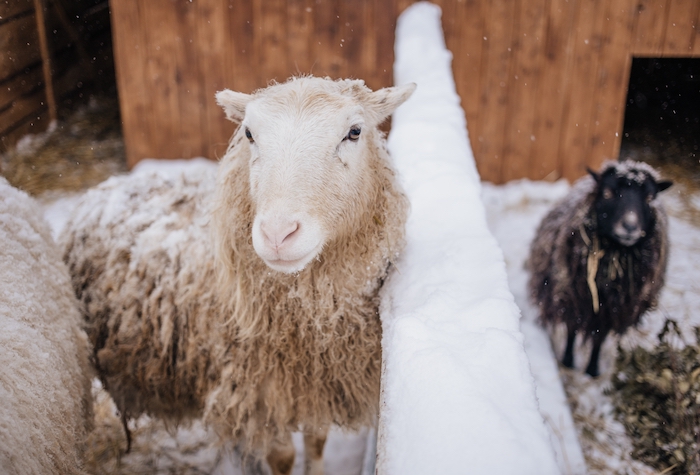
USDA Zone 1
Average low temperatures:
-60 to -50F in zone 1
- Protect livestock from wind and cold.
- Check for signs of frostbite regularly.
- Keep animals’ water ice-free.
- Give livestock foods that are high in calories.
- Use artificial light to help chickens lay eggs.
- Get eggs daily before they freeze.
- Check that bedding is dry.
- Order seed catalogs.
- Plan garden beds and rotations.
- Ready your tools for spring.
USDA Zone 2
Average Low Temperatures:
-50 to -30F in zone 2
- Protect livestock from wind and cold.
- Check for signs of frostbite regularly.
- Keep animals’ water ice-free.
- Give livestock foods that are high in calories.
- Use artificial light to help chickens lay eggs.
- Get eggs daily before they freeze.
- Check that bedding is dry.
- Order seed catalogs and list seeds to order.
- Plan garden beds and rotations.
- Check fruit-bearing trees for damage.
USDA Zone 3
Average Low Temperatures:
-40 to -30F in zone 3
- Protect livestock from wind and cold.
- Check for signs of frostbite regularly.
- Keep animals’ water ice-free.
- Give livestock foods that are high in calories.
- Use artificial light to help chickens lay eggs.
- Get eggs daily before they freeze.
- Check that bedding is dry.
- Check fence lines for needed repairs.
- Order seeds.
- Prepare seed starting area.
- Plan garden beds and rotations.
- Ready your tools for spring.
- Check fruit-bearing trees for damage.
[Related Read: A Herd Wiped Out Overnight? Don’t Let This Happen to You!]
USDA Zone 4
Average Low Temperatures:
-30 to -20F in zone 4
- Protect livestock from wind and cold.
- Check for signs of frostbite regularly.
- Keep animals’ water ice-free.
- Give livestock foods that are high in calories.
- Use artificial light to help chickens lay eggs.
- Get eggs daily before they freeze.
- Check that bedding is dry.
- Check fence lines for needed repairs.
- Order seeds.
- Order fruit trees and other plants and shrubbery.
- Prepare seed starting area.
- Plan garden beds and rotations.
- Ready your tools for spring. Prepare pruning tools.
- Check fruit-bearing trees for damage.
- Grow herbs in windows with plenty of sunshine.
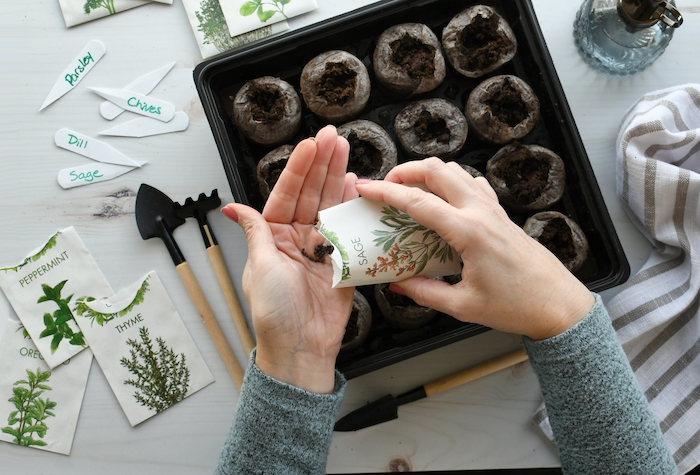
USDA Zone 5
Average Low Temperatures:
-20 to -10F in zone 5
- Protect livestock from wind and cold.
- Check for signs of frostbite regularly.
- Keep animals’ water ice-free.
- Give livestock foods that are high in calories.
- Use artificial light to help chickens lay eggs.
- Get eggs daily before they freeze.
- Check that bedding is dry.
- Check fence lines for needed repairs.
- Order hatchery catalogs to prepare for poultry in the spring.
- Check hatchery tools and supplies.
- Check fruit-bearing trees for damage.
- Order fruit trees and other plants and shrubbery.
- Prepare seed starting area.
- Plant cool-season seeds and perennial seeds indoors.
- Plan garden beds and rotations.
- Prepare pruning tools.
- Begin pruning fruit trees.
- Grow herbs in windows with plenty of sunshine.
USDA Zone 6
Average Low Temperatures:
-10 to 0F in zone 6
- Protect livestock from wind and cold.
- Check for signs of frostbite regularly.
- Keep animals’ water ice-free.
- Give livestock foods that are high in calories.
- Use artificial light to help chickens lay eggs.
- Get eggs daily before they freeze.
- Check that bedding is dry.
- Check fence lines for needed repairs.
- Place orders for poultry from hatcheries.
- Clean and prepare hatchery tools and supplies.
- Get ready for the birthing season.
- Check fruit-bearing trees for damage.
- Order fruit trees and other plants and shrubbery.
- Prepare seed starting area.
- Plant cool-season seeds and perennial seeds indoors.
- Begin planting warm-season, slow-growing seeds indoors.
- Plan garden beds and rotations.
- Prepare spring gardening tools.
- Begin pruning fruit trees.
- Grow herbs in windows with plenty of sunshine.
[Related Read: 10 Plants to Grow in Winter]
USDA Zone 7
Average Low Temperatures:
0 to 10F in zone 7
- Give livestock foods that are high in calories.
- Use artificial light to help chickens lay eggs.
- Get eggs when temperatures are freezing.
- Check that bedding is dry.
- Check fence lines for needed repairs.
- Place orders for poultry from hatcheries.
- Clean and prepare hatchery tools and supplies.
- Get ready for the birthing season.
- Plant fruit trees and other plants and shrubbery.
- Prepare seed starting area.
- Plant cool-season seeds in low tunnels or cold frames.
- Begin planting warm-season seeds indoors under lights.
- Get garden beds ready.
- Prepare spring gardening tools.
- Begin pruning fruit trees.
- Grow herbs in windows with plenty of sunshine.
USDA Zone 8
Average Low Temperatures:
10 to 20F in zone 8
- Give livestock foods that are high in calories if temps are cold.
- Use artificial light to help chickens lay eggs.
- Get eggs when temperatures are freezing.
- Check that bedding is dry.
- Check fence lines for needed repairs.
- Place orders for poultry from hatcheries.
- Clean and prepare hatchery tools and supplies.
- Begin hatching fertile eggs in an incubator.
- Get ready for the birthing season.
- Plant fruit trees and other plants and shrubbery.
- Plant cool-season seeds in cold frames.
- Plant evergreens.
- Begin planting warm-season seeds indoors under lights.
- Get garden beds ready.
- Prepare spring gardening tools.
- Prune trees that have already flowered.
- Grow herbs in windows with plenty of sunshine.
- Protect plants from frost.
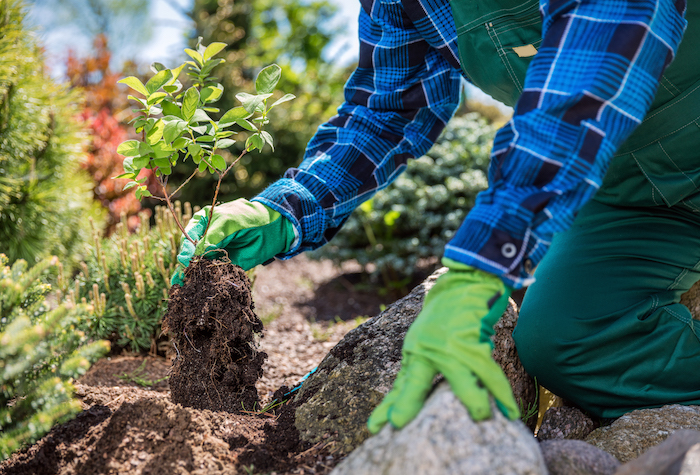
USDA Zone 9
Average Low Temperatures:
20 to 30F in zone 9
- Give livestock foods that are high in calories if temps are cold.
- Chickens should lay eggs if they have 14 hours of light a day.
- Get eggs when temperatures are freezing.
- Check that bedding is dry.
- Check fence lines for needed repairs.
- Place orders for poultry from hatcheries.
- Clean and prepare hatchery tools and supplies.
- Begin hatching fertile eggs in an incubator.
- Get ready for the birthing season.
- Plant fruit trees and other plants and shrubbery.
- Plant cool-season seeds.
- Plant citrus trees.
- Begin planting plants that need plenty of heat under lights indoors.
- Get garden beds ready.
- Prepare spring gardening tools.
- Grow herbs in windows with plenty of sunshine. Move outdoors if it is warm.
- Protect plants from frost.
USDA Zone 10
Average Low Temperatures:
30 to 40F in zone 10
- Give livestock foods that are high in calories if temps are cold.
- Chickens should lay eggs if they have 14 hours of light a day.
- Check that bedding is dry.
- Check fence lines for needed repairs.
- Place orders for poultry from hatcheries.
- Clean and prepare hatchery tools and supplies.
- Begin hatching fertile eggs in an incubator.
- Get ready for the birthing season.
- Plant citrus trees, fruit trees, and other plants and shrubbery.
- Plant cool-season seeds in garden beds.
- Begin planting plants that need plenty of heat under lights indoors.
- Prepare spring gardening tools.
- Grow herbs in windows with plenty of sunshine. Move outdoors if it is warm.
- Protect plants from frost.
USDA Zone 11
Average Low Temperatures:
40 to 50F for zone 11
- Give livestock foods that are high in calories if temps are cold.
- Chickens should lay eggs if they have 14 hours of light a day.
- Check that bedding is dry.
- Check fence lines for needed repairs.
- Place orders for poultry from hatcheries.
- Clean and prepare hatchery tools and supplies.
- Begin hatching fertile eggs in an incubator.
- Get ready for the birthing season.
- Plant citrus trees, fruit trees, and other plants and shrubbery.
- Plant cool-season seeds in garden beds.
- Begin planting plants that need plenty of heat under lights indoors.
- Grow herbs in windows with plenty of sunshine or outdoors.
- Weed garden beds.
Get access to premium content and more!



